
Animal
10:46, 29-May-2019
Endangered Mexican wolves blamed for more livestock deaths
CGTN
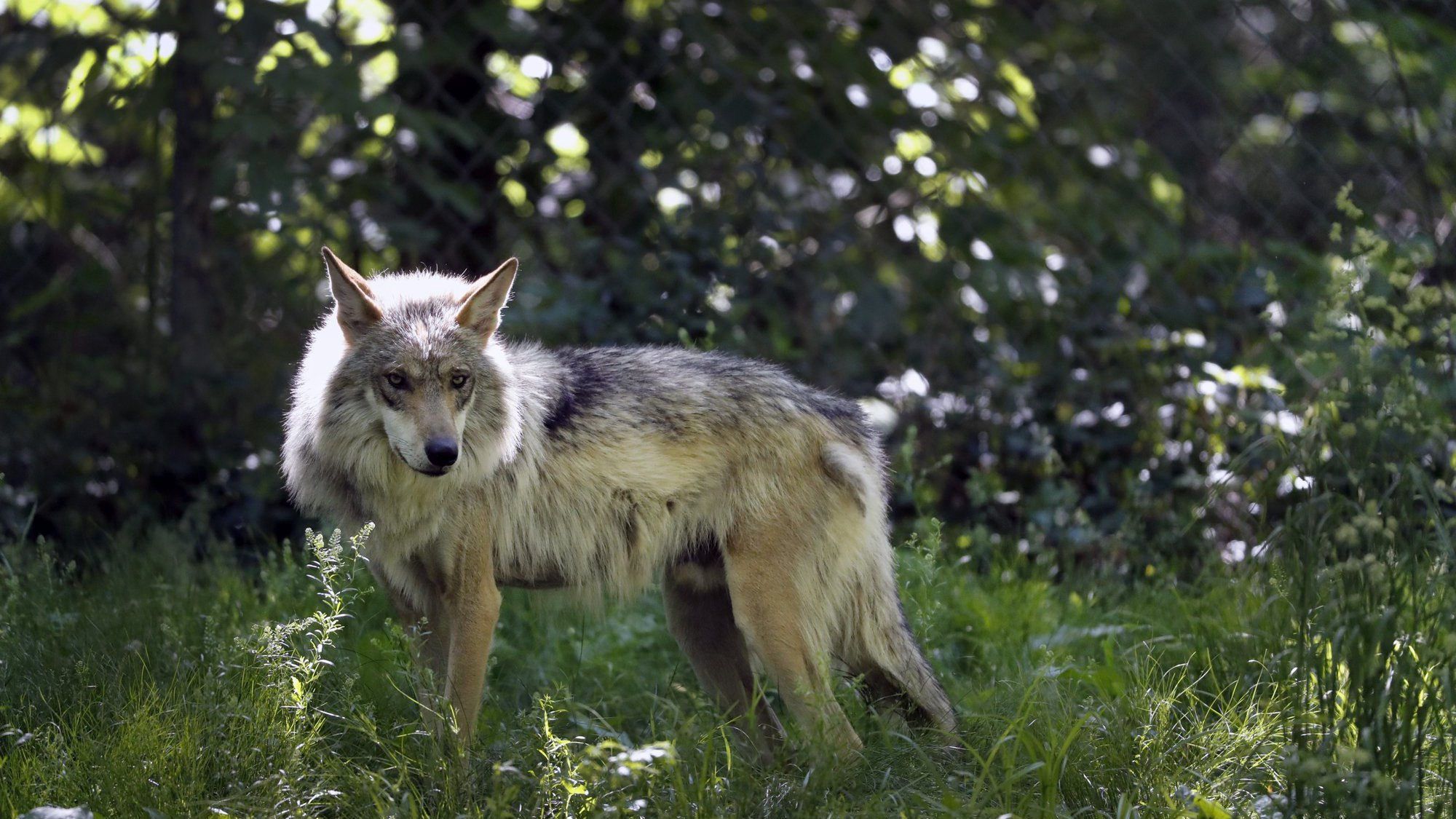
It's shaping up to be a deadly year for livestock in the American Southwest as the number of cows and calves killed by Mexican gray wolves has skyrocketed, aggravating an already tenuous relationship between U.S. wildlife managers, environmentalists and rural residents.
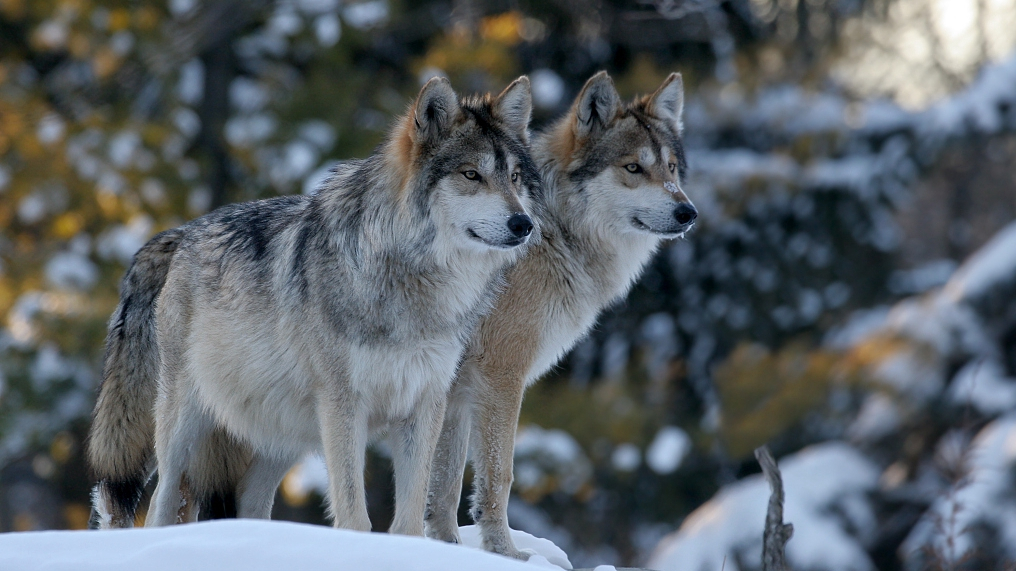
Two Mexican wolves. /VCG Photo
Two Mexican wolves. /VCG Photo
Federal reports show the endangered wolves have been blamed for the deaths of 88 domestic animals in New Mexico and Arizona in the first four months of the year.
That's on pace to surpass the nearly 100 livestock kills confirmed in all of 2018 and significantly more than have been recorded over the same four-month period in any year since the predators were reintroduced in 1998.
More Mexican wolves are in the wild now than at any time since they were nearly exterminated decades ago. A subspecies of the Western gray wolf, Mexican wolves, have faced a difficult road to recovery that has been complicated by politics and conflicts with livestock.
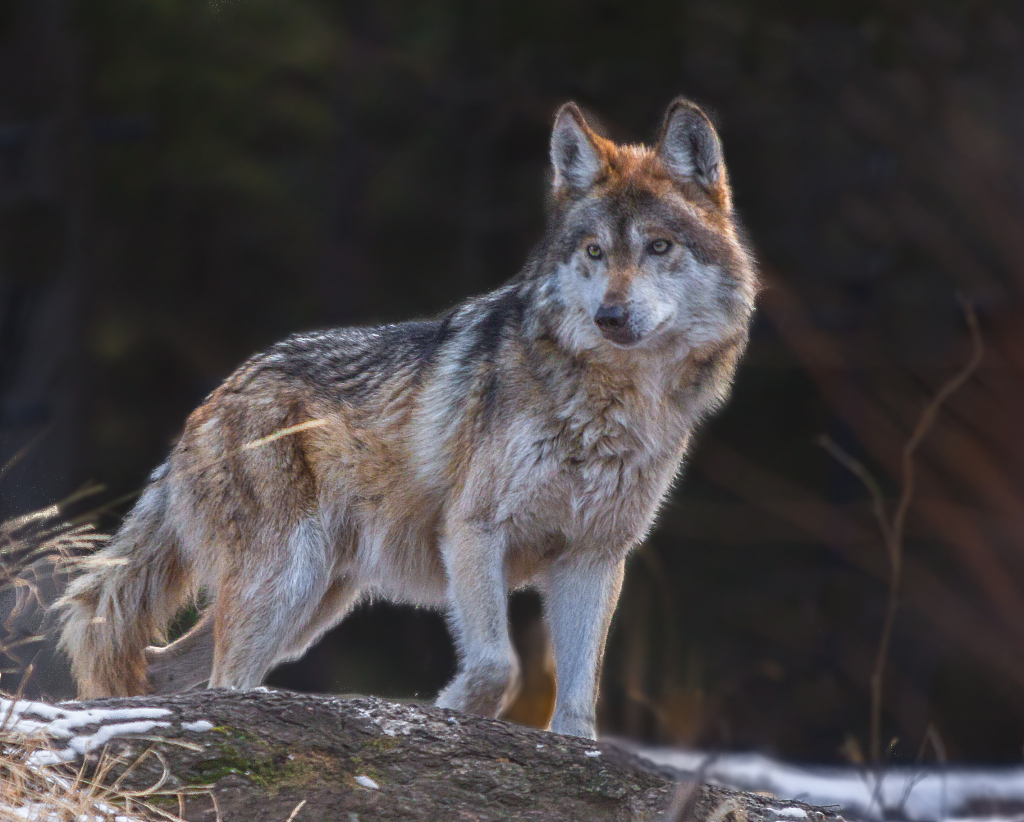
Mexican wolf. /VCG Photo
Mexican wolf. /VCG Photo
Some ranchers and rural residents expect things to get worse as the wolf population grows. There are at least 131 of the predators in the mountain ranges spanning southwestern New Mexico and southeastern Arizona.
Wolves were found to be responsible for killing more than three dozen cows and calves in April alone. That was almost double the previous month.
While ranchers see the reintroduction program as a threat to a livelihood already complicated by drought and rising costs, environmentalists contend more can be done to discourage wolves from targeting livestock.
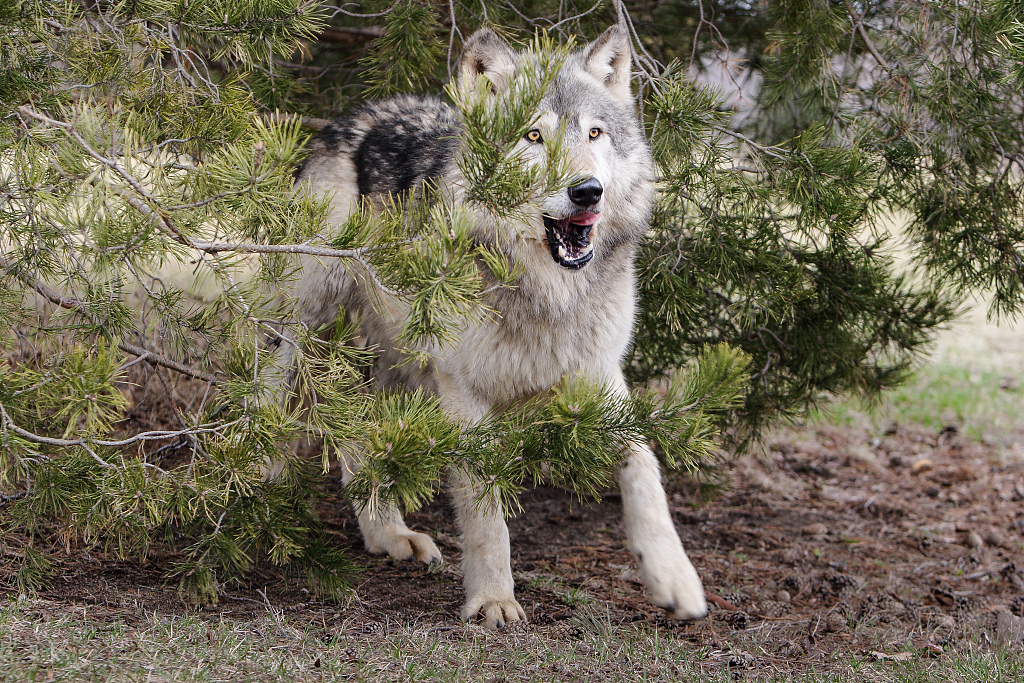
Mexican wolf. /VCG Photo
Mexican wolf. /VCG Photo
The environmental group Defenders of Wildlife has been working with some ranchers in the Southwest. Some ideas are simple – from using range riders to keep a close eye on herds or quickly disposing of cattle carcasses to keep from attracting wolves.
Some argue the wolves already are highly managed: They're rounded up when they stray outside certain boundaries, when they pair with the wrong mate or if they develop an affinity for livestock. Biologists also decide which captive-bred pups are matched with wild packs as part of fostering efforts to boost the population.
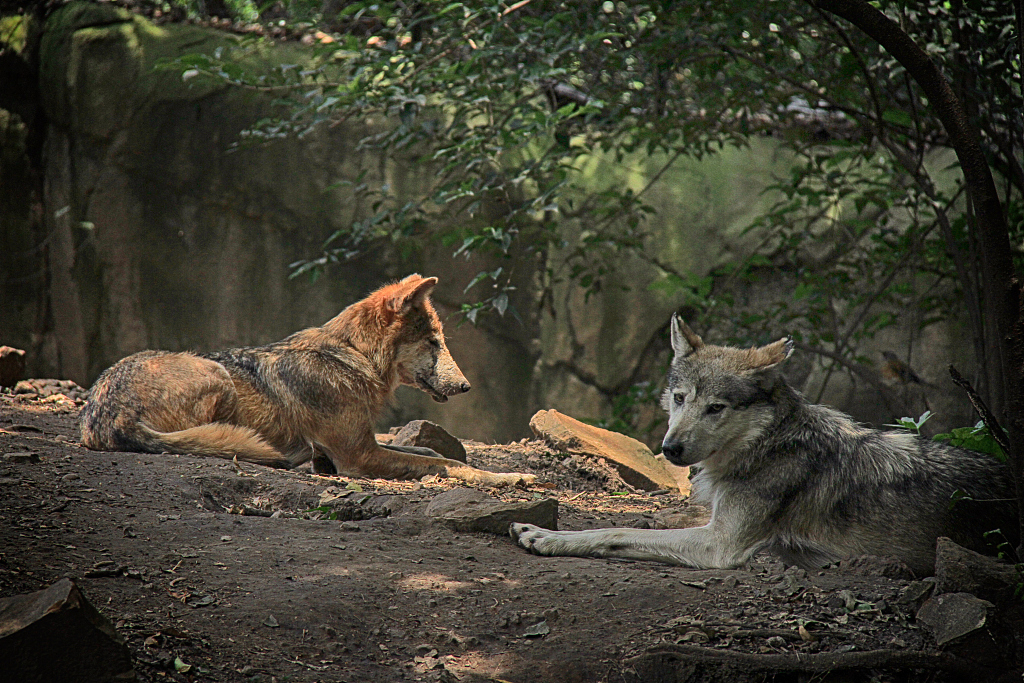
Mexican wolves are resting. /VCG Photo
Mexican wolves are resting. /VCG Photo
Bryan Bird with Defenders of Wildlife says wolves are as much a social and cultural issue for ranchers and rural residents as they are a scientific challenge.
"We believe that social change can only come from inside the community," Bird said. "It doesn't come from the federal government or the advocates pushing change on these people. It has to happen from within, and it has to happen organically."
(Top image: File photo, A Mexican gray wolf is seen at the Endangered Wolf Center. /AP Photo)
(If you want to contribute and have specific expertise, please contact us at nature@cgtn.com.)
Source(s): AP

SITEMAP
Copyright © 2018 CGTN. Beijing ICP prepared NO.16065310-3
Copyright © 2018 CGTN. Beijing ICP prepared NO.16065310-3